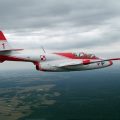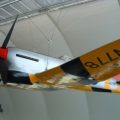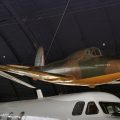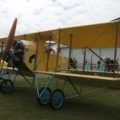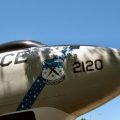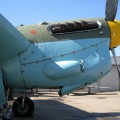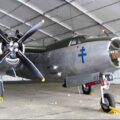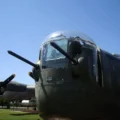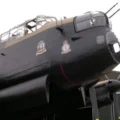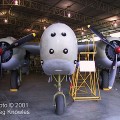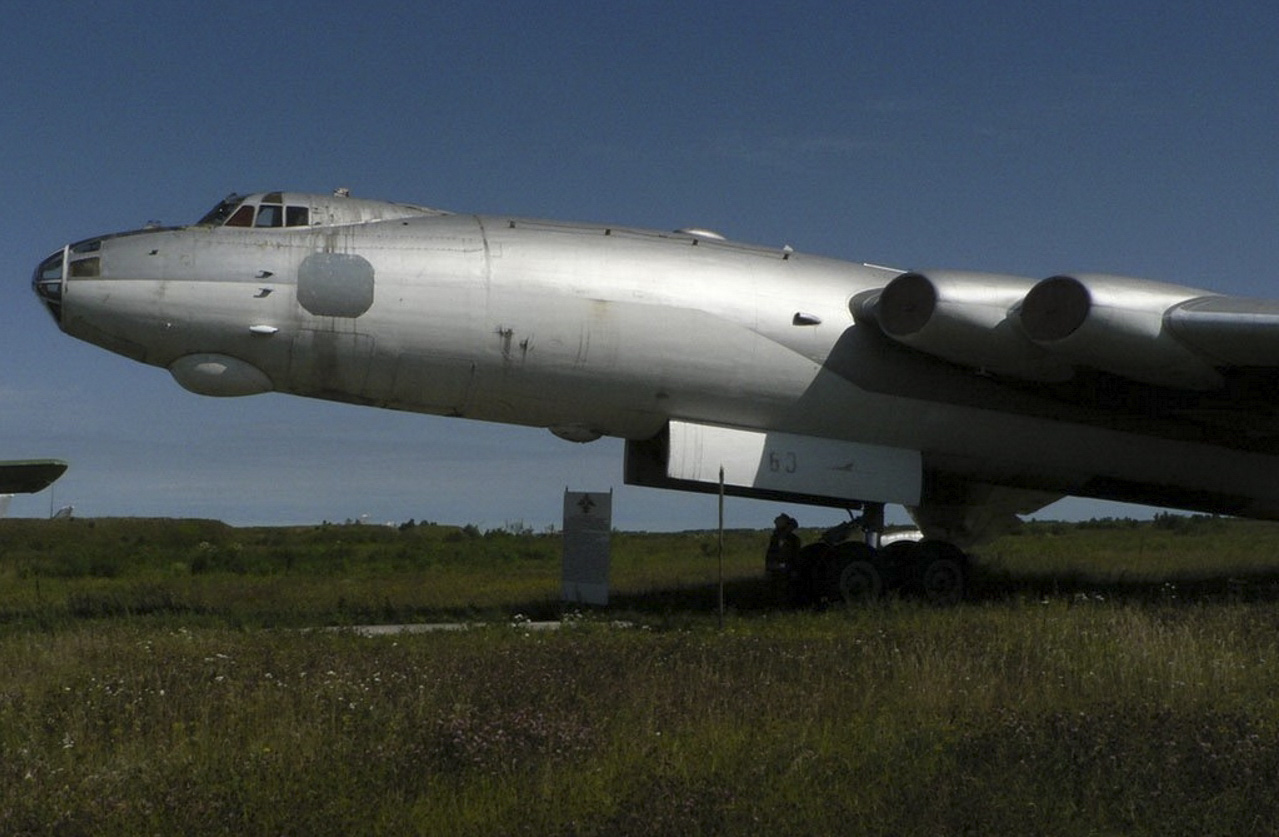
Myasishchev M-4 Bison | |
|---|---|
| Pays | Union soviétique |
| Type | Bombardier stratégique |
| Premier vol | 20 janvier 1953 |
| Construit | 91+2 |
Galerie de photos d’un M-4 Bison, The Myasishchev M-4 Molot (Russian: Молот (Hammer), USAF/DoD reporting name « Type 37 »Bison) est un bombardier stratégique quadrimoteur conçu par Vladimir Myasishchev et fabriqué par l’Union soviétique dans les années 1950 pour fournir un bombardier d’aviation à long rayon d’action capable d’attaquer des cibles en Amérique du Nord. Le bureau d’études Myasishchev a été formé pour construire un tel bombardier.
Source: M-4 Bison sur Wiki
| Myasishchev M-4 Bison | |
|---|---|
| Photographe | Unknow |
| Localisation | Boris Vasiljev |
| Photos | 13 |
| M-4 Bison Se promener | |
|---|---|
| Photographe | Sergueï Tsvetkov |
| Localisation | Base aérienne de Dyagilevo, Ryazan, Russie |
| Photos | 19 |
| Myasischev M-4 Walk Around | |
|---|---|
| Photographe | Unknow |
| Localisation | Evgenii Malinovskii |
| Photos | 31 |
Voir aussi :
Lla Myasishchev M-4 Bison was a Soviet strategic bomber aircraft designed by Vladimir Myasishchev in the 1950s. It was the first Soviet bomber capable of delivering nuclear weapons to targets in the continental United States. The M-4 had a swept-wing design with four turbojet engines mounted on pylons under the wings. It had a crew of eight and could carry up to 24,000 kg of bombs or missiles.
Lla M-4 entered service in 1956 and was initially deployed in bomber regiments along the Soviet borders. However, it soon became apparent that the M-4 had limited range and payload compared to its American counterparts, such as the B-52 Stratofortress. The M-4 was also vulnerable to interception by fighter jets and surface-to-air missiles. As a result, the M-4 was gradually replaced by more advanced bombers, such as the Tupolev Tu-95 Bear and the Tupolev Tu-16 Badger. The M-4 was retired from service in 1994 and only a few examples remain in museums today.
Vues : 2286


